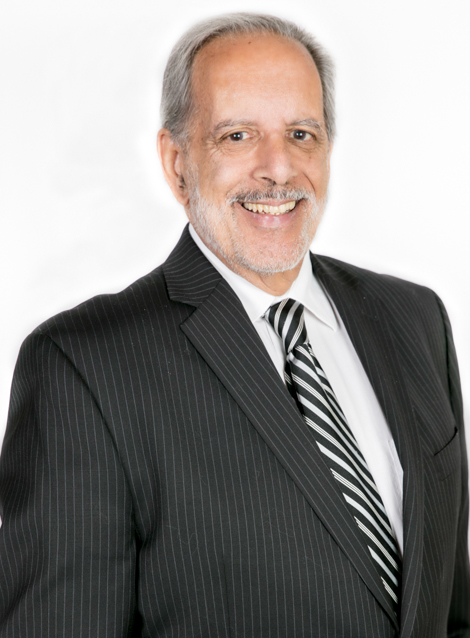Cal/OSHA posted fact sheets and updated its FAQs on COVID-19 Prevention Emergency Temporary Standards (ETS) to reflect revisions adopted by the Occupational Safety and Health Standards Board on April 21, 2022.
The ETS revisions incorporate updated guidance from the California Department of Public Health (CDPH) and make the ETS more flexible if changes are made to CDPH guidance in the future.
The updated ETS standards are in effect now through December 31, 2022. They apply to most workers in California not covered by the Aerosol Transmissible Diseases Standard.
The fact sheets posted include:
– – What Employers Need to Know About the April 21, 2022 Standards
– – COVID-19 Isolation and Quarantine – What Employers and Workers Need to Know (Updated May 7, 2022)
– – Revisions to the COVID-19 Prevention Emergency Temporary Standards Updated May 7, 2022 – FAQs
Cal/OSHA helps protect workers from health and safety hazards on the job in almost every workplace in California. Employers who have questions or need assistance with workplace safety and health programs, including assistance with developing a COVID-19 prevention program at their worksite, can call Cal/OSHA’s Consultation Services Branch at 800-963-9424.
Workers who have questions about COVID-19 hazards at work can call 833-579-0927 to speak with a Cal/OSHA representative during normal business hours. Complaints about workplace safety and health hazards can be filed confidentially with Cal/OSHA district offices.
Employers with Questions on Requirements May Contact: InfoCons@dir.ca.gov or call your local Cal/OSHA Consultation Office.
Guidelines Specified for Severability of Unconscionable Arbitration Provisions
Charter Communications has nearly 100,000 employees and provides telecommunications services throughout the United States. Charter has adopted an alternative dispute resolution program called Solution Channel, which


There are 0 comments